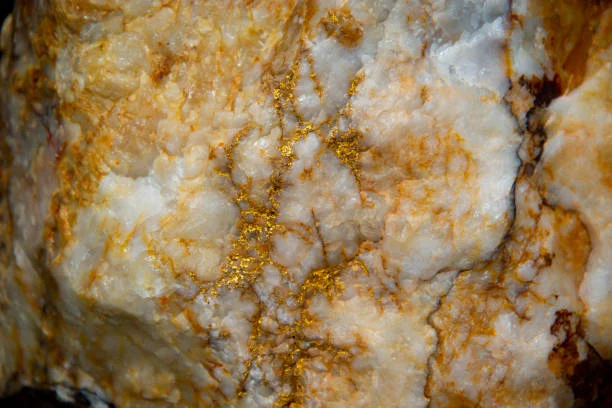
In the realm of gold mining and extraction, the exploration of efficient and cost-effective processing methods for various types of gold ores is of paramount importance. Among them, quartz vein-type gold ore is one of the common gold ore types, and the cyanidation leaching process has been widely applied in its treatment. This article delves into the research on the whole mud cyanidation leaching test of quartz vein-type gold ore, aiming to provide a comprehensive understanding of this process and its influencing factors.
1. Research Background
Quartz vein-type gold ore is characterized by the close association of gold with quartz veins, often presenting complex mineralogical compositions and fine-grained gold distribution. The cyanidation leaching process, which utilizes cyanide solutions to dissolve gold and form soluble gold cyanide complexes, has proven to be effective in extracting gold from this type of ore. Conducting whole mud cyanidation leaching tests helps optimize the process parameters, improve gold leaching efficiency, and reduce production costs.
2. Experimental Methods
2.1 Ore Sample Preparation
The quartz vein-type gold ore samples were collected from specific mining areas. Firstly, the ores were crushed and ground to a suitable particle size to increase the contact area between the ore and the cyanide solution. After grinding, the samples were subjected to screening to obtain uniformly sized materials for subsequent tests.
2.2 Cyanidation Leaching Experiment Setup
The cyanidation leaching experiments were carried out in a series of reactors. Different concentrations of sodium cyanide solutions were prepared, and the pulp density (the ratio of the mass of the ore to the total volume of the pulp) was adjusted. Other key factors, such as leaching time, temperature, and agitation speed, were also carefully controlled. The samples were placed in the reactors with the cyanide solutions, and the leaching process was monitored at regular intervals.
2.3 Analytical Methods
During and after the leaching process, samples were taken at specific time points for analysis. The gold content in the leachate and the solid residues was determined using advanced analytical techniques such as atomic absorption spectroscopy (AAS) and inductively coupled plasma optical emission spectroscopy (ICP - OES). These analyses provided accurate data for evaluating the leaching efficiency.
3. Key Influencing Factors
3.1 Cyanide Concentration
The concentration of sodium cyanide significantly affects the gold leaching rate. A higher cyanide concentration can promote the dissolution of gold, but it also increases production costs and environmental risks. Through the tests, the optimal cyanide concentration range was determined, balancing the leaching efficiency and economic and environmental considerations.
3.2 Pulp Density
The pulp density impacts the mass transfer and reaction kinetics in the leaching process. An appropriate pulp density ensures sufficient contact between the ore particles and the cyanide solution while maintaining good fluidity. The experimental results showed that different pulp densities led to varying leaching efficiencies, and the best pulp density was identified for maximum gold extraction.
3.3 Leaching Time and Temperature
Leaching time and temperature are also crucial parameters. Increasing the leaching time allows for more complete dissolution of gold, but it also extends the production cycle. Similarly, a higher temperature can accelerate the leaching reaction, but excessive temperature may cause the decomposition of cyanide and other adverse effects. The experiments explored the relationship between these factors and gold leaching efficiency to find the optimal combination.
4. Results and Discussion
The test results indicated that under the optimized process parameters, a relatively high gold leaching rate could be achieved. By comparing the gold content in the leachate and residues at different experimental conditions, the influence trends of each factor on the leaching efficiency were clearly demonstrated. For example, increasing the cyanide concentration within a certain range significantly improved the leaching rate, but beyond a specific value, the improvement became less obvious.
These results provide valuable references for industrial applications. Mining enterprises can adjust the cyanidation leaching process according to the characteristics of their quartz vein-type gold ore resources, thereby improving gold recovery rates and economic benefits. However, it should be noted that the cyanidation leaching process also poses environmental challenges due to the toxicity of cyanide. Therefore, appropriate waste treatment and environmental protection measures need to be implemented simultaneously.
5. Conclusion
The research on the whole mud cyanidation leaching test of quartz vein-type gold ore has explored the key factors influencing the leaching process and obtained optimized process parameters. This study is of great significance for improving the efficiency of gold extraction from quartz vein-type gold ore. In the future, continuous research and innovation are needed to further improve the cyanidation leaching process, reduce environmental impacts, and enhance the overall competitiveness of the gold mining industry.
- Random article
- Popular articles
- Popular comments
- Gold Mine Gravity Beneficiation Process
- Prioritized Flotation Process for Lead-zinc Ore
- Lead-zinc Ore Asynchronous Flotation Process
- Floatability flotation process for lead-zinc ore
- Radioactive beneficiation and flotation process for uranium ore
- Combined Process for Manganese Ore Magnetic Separation and Flotation
- Copper-Molybdenum Ore Separation & Flotation Process




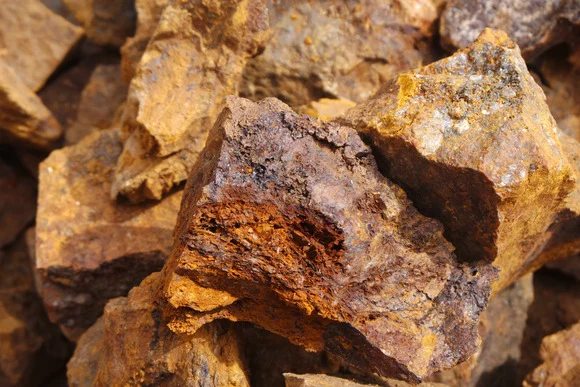
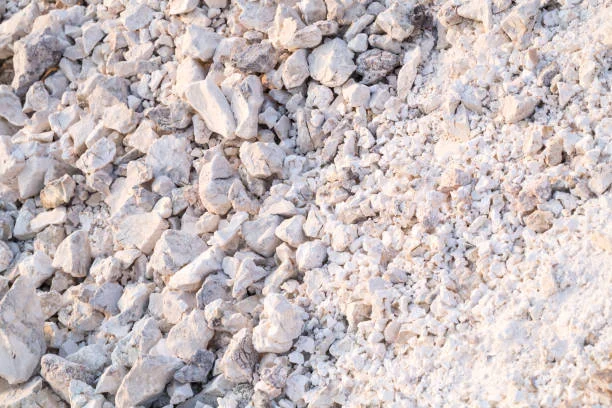
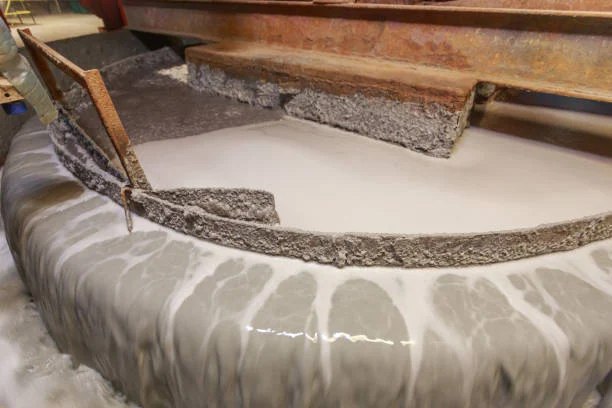

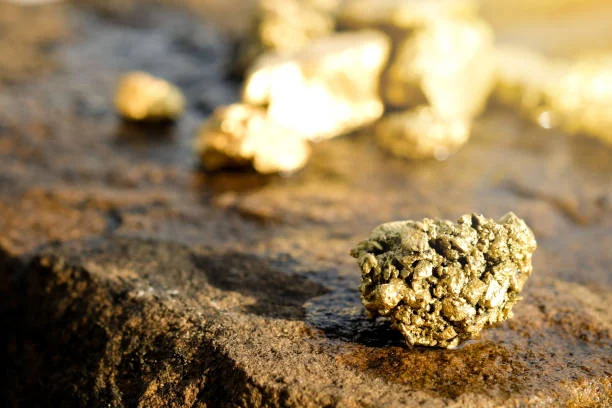
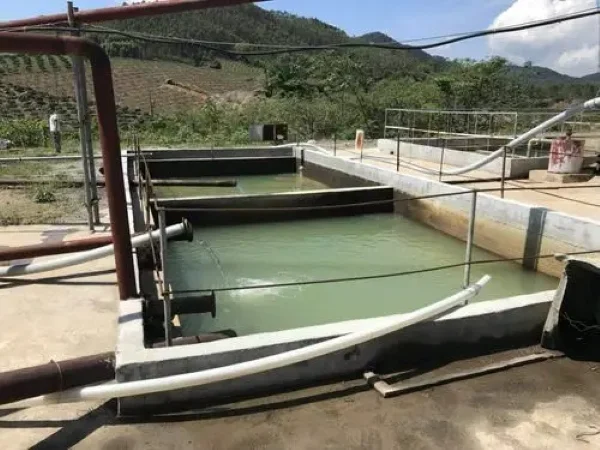
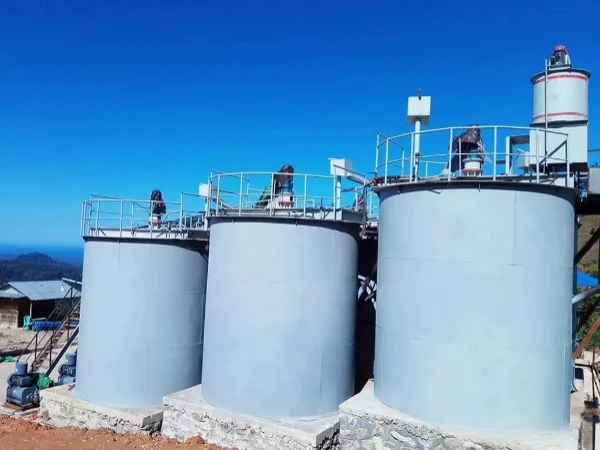
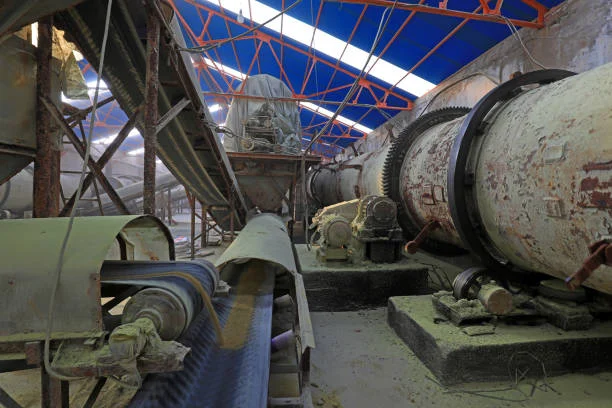
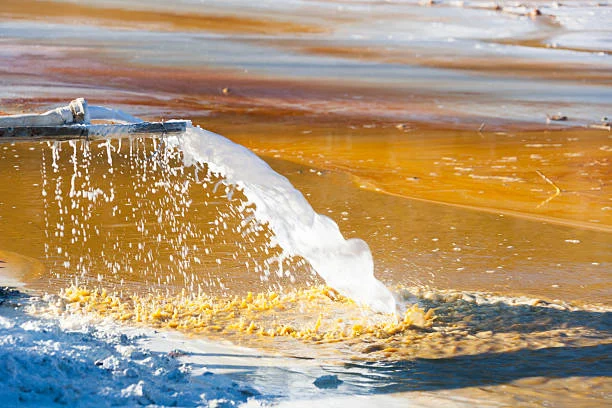
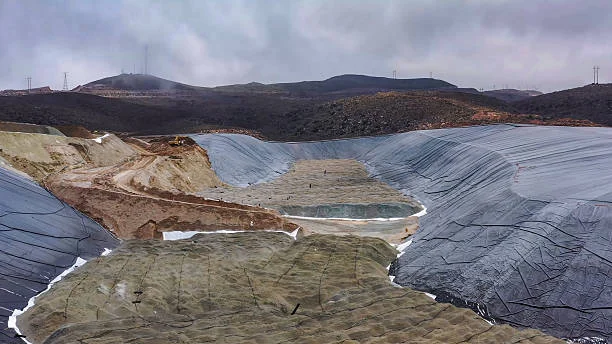

Leave a message with your needs or comments
Add comment: